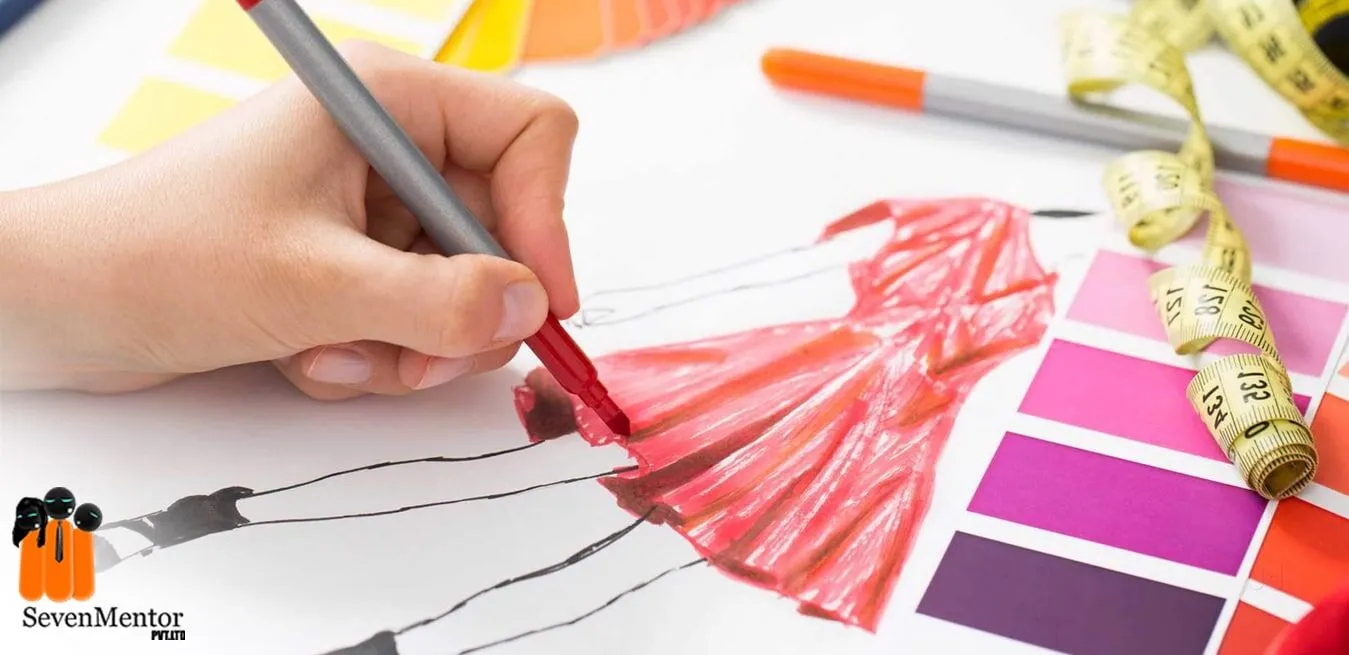Fashion designing is the art of crafting garments and accessories that reflect individuality, creativity, and cultural influences. At its core, fashion is about style—an ever-evolving expression of personality and trends. This blog dives into the concept of style in fashion designing, exploring its impact, inspirations, and future directions. Fashion Designing Classes in Pune
What Is Style in Fashion?
Style is the unique way a designer communicates ideas through clothing, fabrics, patterns, and textures. It transcends mere trends, embodying individuality while resonating with societal shifts and cultural narratives. Designers use style as a language to tell stories, challenge norms, and inspire movements.
The Key Elements of Style in Fashion Designing
1. Creativity and Innovation
Designers blend artistry and functionality, crafting pieces that stand out while meeting the needs of the wearer. Experimenting with fabrics, cuts, and techniques defines innovative styles.
2. Cultural Inspiration
Cultural heritage and global influences significantly shape a designer’s style. From traditional motifs to modern interpretations, culture provides a treasure trove of ideas.
3. Sustainability
In recent years, sustainable fashion has become synonymous with style. Designers incorporate eco-friendly materials and practices to create pieces that are both chic and environmentally responsible.
4. Personal Identity
A designer’s unique vision and identity often shine through their creations, establishing a signature style that sets them apart in a competitive industry.
Iconic Fashion Styles and Their Influence
1. Minimalist Style
Clean lines, neutral tones, and simplicity define minimalist fashion. Designers like Calvin Klein and Jil Sander are pioneers of this understated yet elegant style.
2. Bohemian Style
Known for its free-spirited and eclectic approach, bohemian style incorporates flowing fabrics, earthy tones, and intricate details. It’s a nod to carefree living and artistic expression.
3. Avant-Garde Style
Pushing boundaries and embracing the unconventional, avant-garde style is where fashion meets art. Designers like Alexander McQueen have redefined this space with bold, experimental pieces.
4. Classic Style
Timeless and sophisticated, classic style focuses on enduring elegance. From tailored suits to little black dresses, this style prioritizes quality over trends.
How Fashion Designers Create Style
- Research and Inspiration: Designers draw inspiration from art, nature, history, and current events to shape their collections.
- Sketching and Conceptualizing: Through sketches, they bring their ideas to life, mapping out their vision before production.
- Fabric Selection: Choosing the right fabric is crucial in defining the texture and flow of a design.
- Craftsmanship: The finishing touches—embroidery, stitching, and detailing—complete the stylistic narrative.
The Role of Style in Shaping Fashion Trends
While trends come and go, style remains constant as the backbone of fashion. Designers with a distinct style often influence mainstream fashion, setting the stage for future trends. For instance, the rise of streetwear was propelled by designers blending casual wear with luxury aesthetics.
The Future of Style in Fashion Designing
As technology and social consciousness evolve, the future of style is being shaped by:
- Digital Fashion: Virtual garments and augmented reality are redefining how we perceive and wear style.
- Inclusivity: Designers are embracing diversity, creating styles that cater to all body types, genders, and cultures. Fashion Designing Course in Pune
- Sustainable Innovation: The push for eco-friendly practices is inspiring futuristic yet responsible styles.
FAQs
Q1. What defines a designer’s signature style?
A designer’s signature style is the unique aesthetic that sets their work apart, characterized by consistent themes, materials, and design techniques.
Q2. How can aspiring designers develop their style?
Aspiring designers can develop their style by experimenting with different techniques, studying global trends, and staying true to their creative vision.
Q3. What are the most influential styles in fashion history?
Styles like minimalism, bohemian, classic, and avant-garde have left a lasting impact, shaping how we view fashion today.
